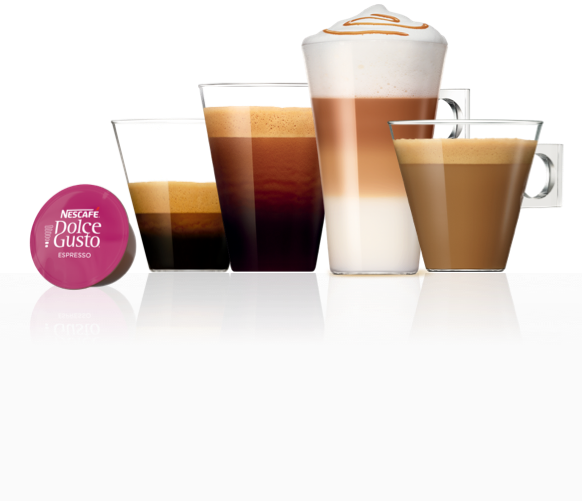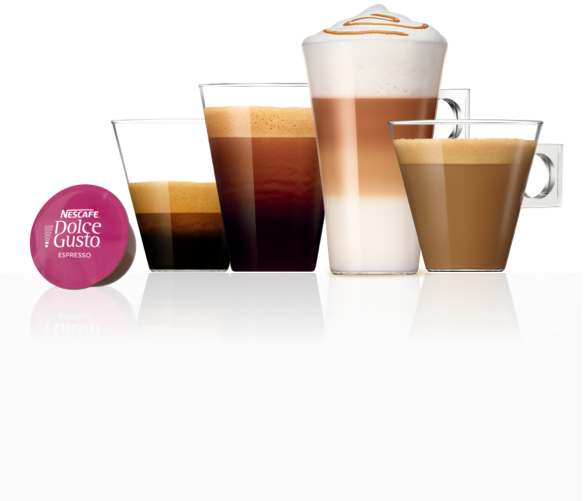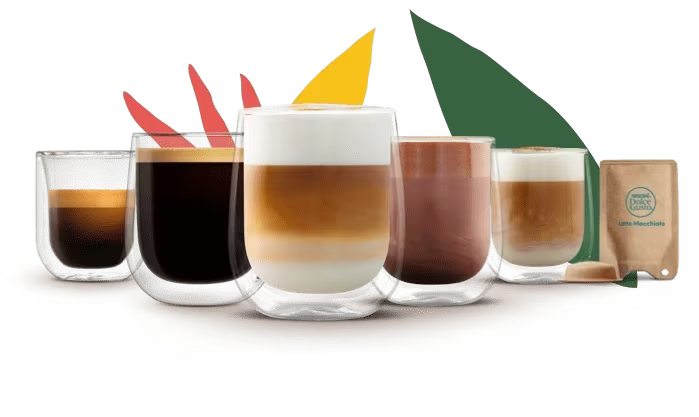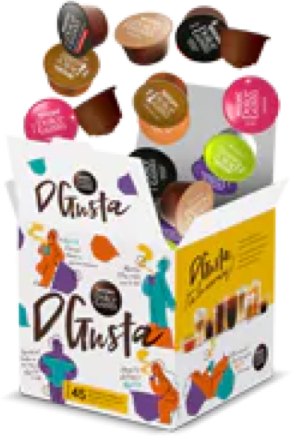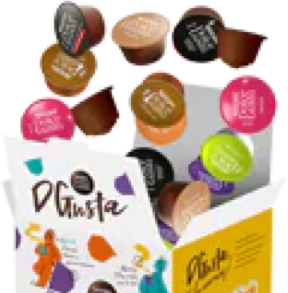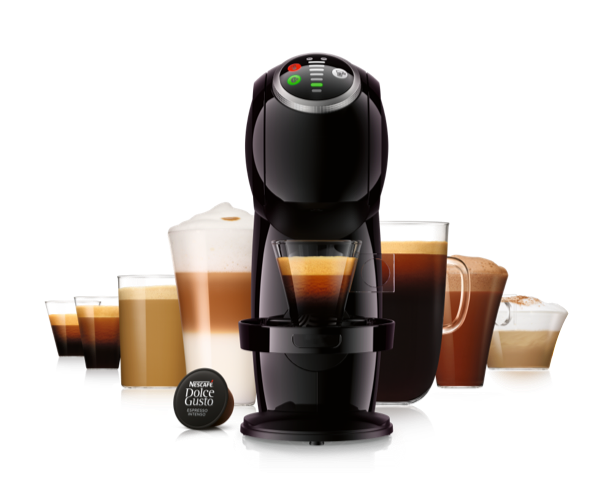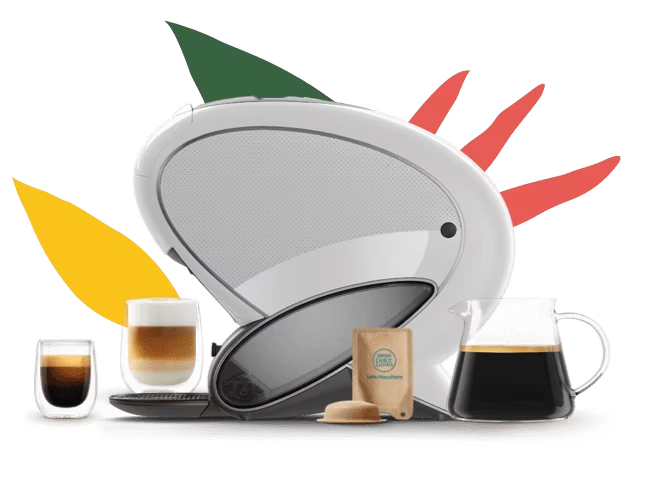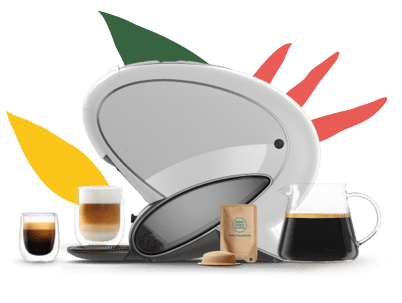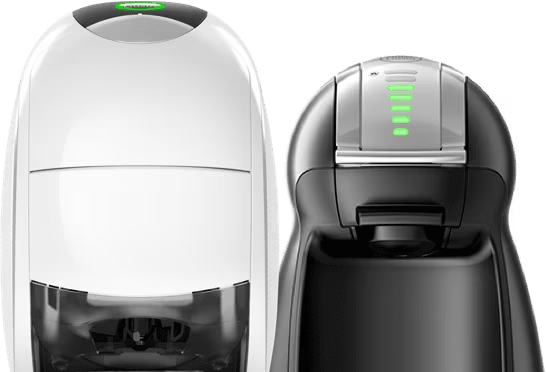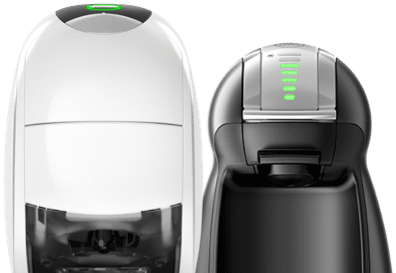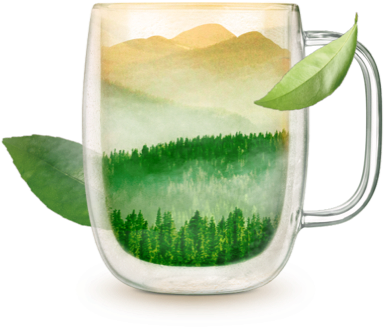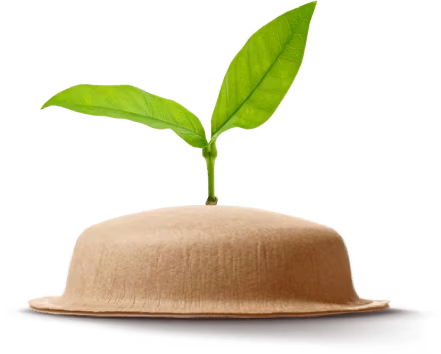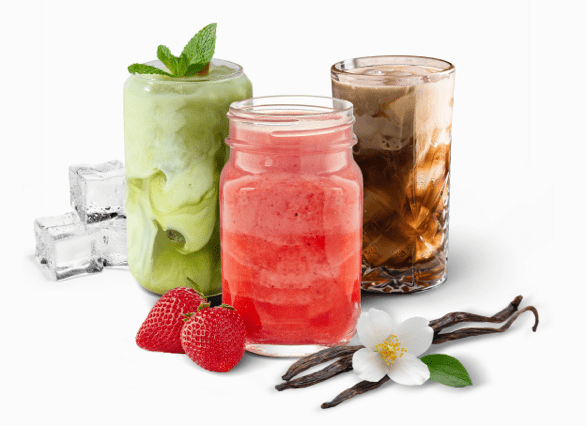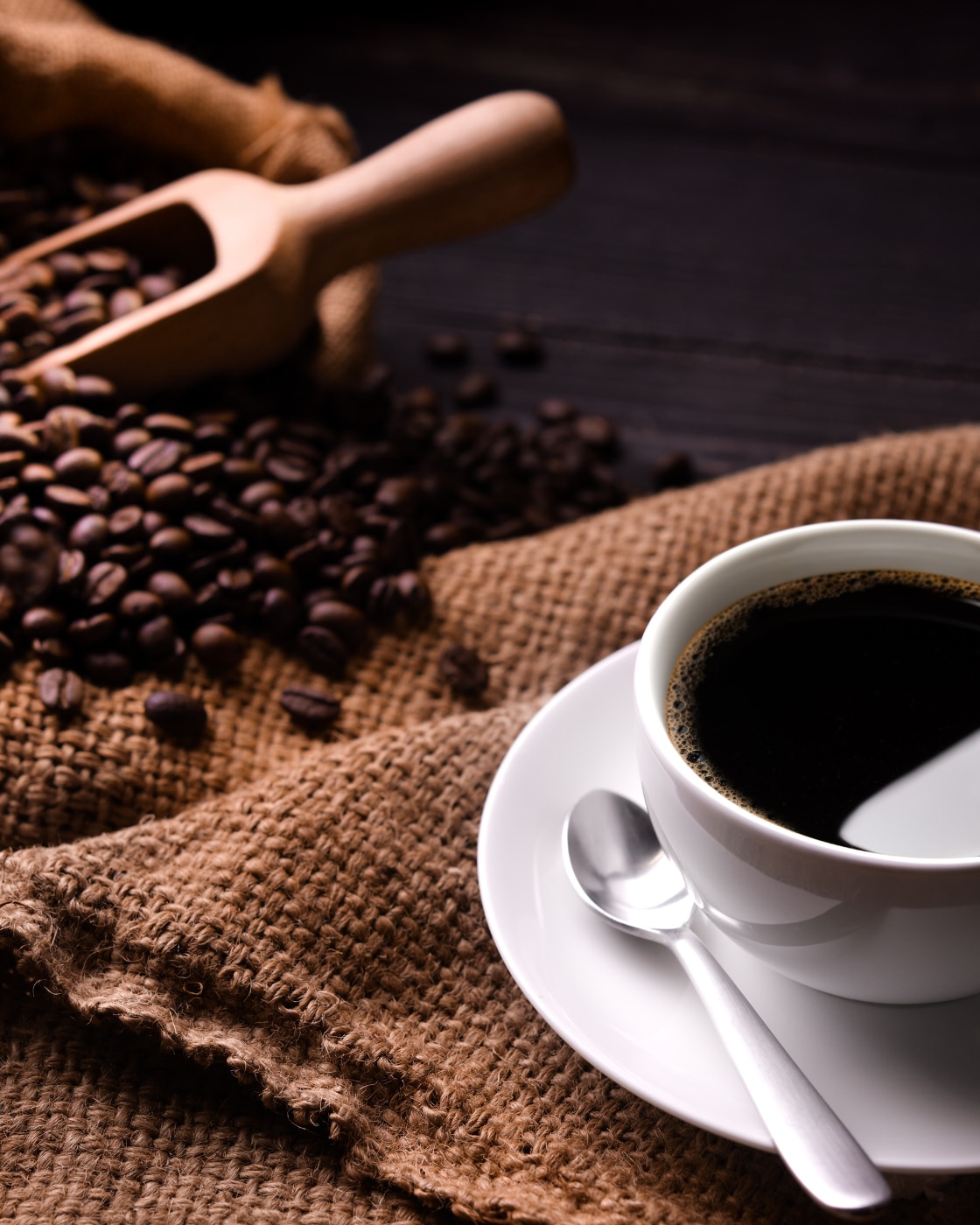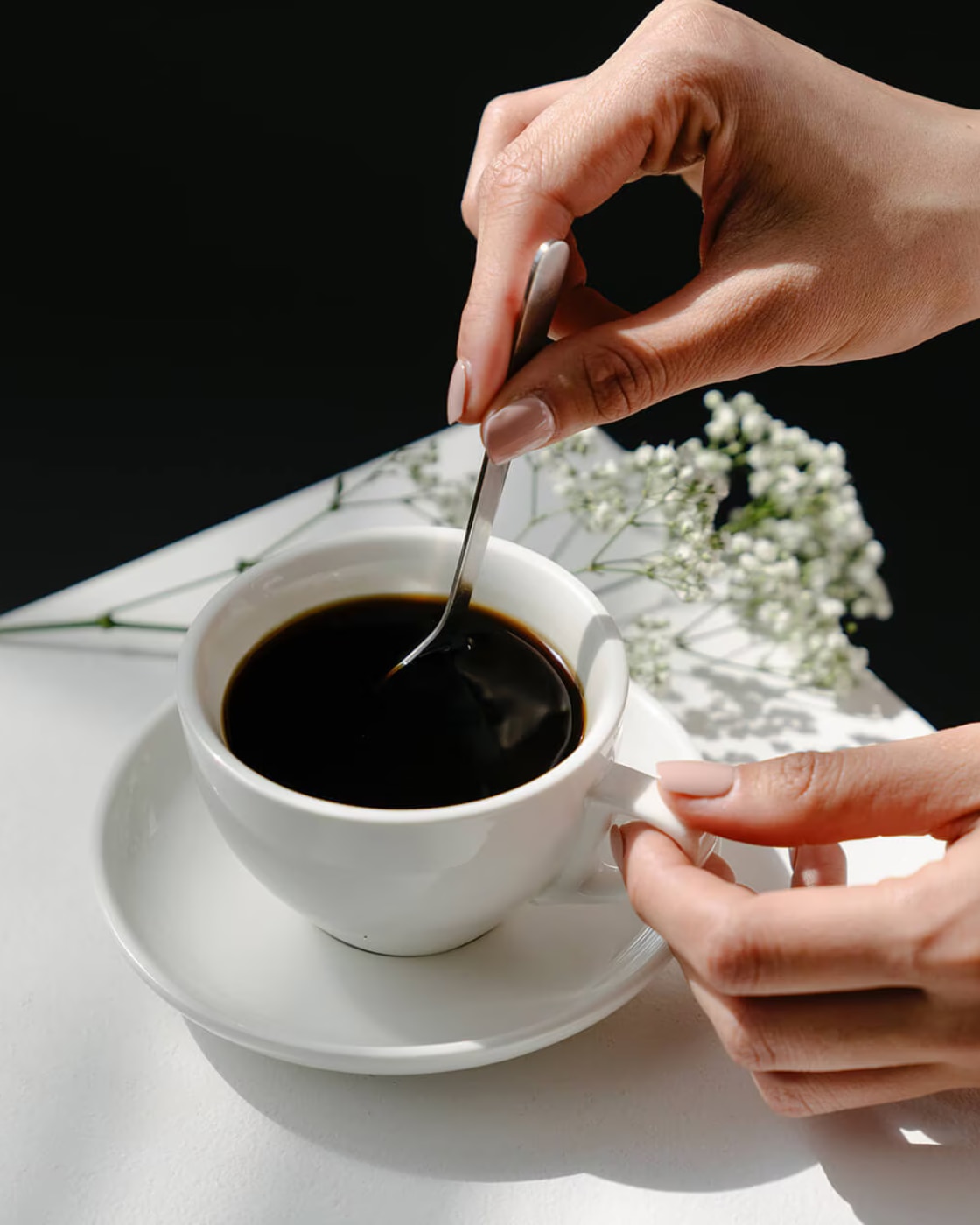What is Decaf Coffee?
Are you a coffee lover seeking a caffeine-free, yet flavourful brew? Or perhaps you're new to the world of coffee and want to explore this hot drink without the caffeine? Decaf coffee offers a delightful solution, providing the rich aroma and taste of traditional coffee, without the stimulating effects of caffeine.
By understanding the decaffeination process and the various methods used to produce decaf coffee, you can make informed choices to suit your preferences. Your favourite drinks, like an iced coffee can be made decaf by simply using our decaf pods. Read on to find out more.
How is coffee decaffeinated?
Swiss Water method
1. Initial soaking: Green coffee beans are soaked in hot water so the caffeine is dissolved. This, however, also removes all of the sugars and other coffee flavourings.
2. Caffeine extraction: The water from this batch of green coffee beans is passed through a charcoal filter which traps the caffeine molecules allowing the sugars and other coffee elements to pass through. This creates the green coffee extract.
3. Decaffeination: The filtered water, now free of caffeine but rich in coffee flavour compounds, is used to soak a new batch of green coffee beans. The caffeine in the beans is drawn out into the water through a process called diffusion.
4. Drying: The delicious beans are then caffeine free and dried, ready to be roasted and ground for brewing a flavourful, decaffeinated cup of coffee.
This method means that you can get decaf coffee, rich in flavour and crafted without the need of added chemical solvents.
Carbon dioxide
1. Milled green coffee beans are placed in a stainless-steel vessel and sealed, creating a pressurised environment for the decaffeination process.
2. The green coffee beans are soaked in a compressed carbon dioxide (called supercritical carbon dioxide) an extremely high-pressure fluid – 73 to 100 atmospheres - which acts as a solvent to extract the caffeine.
3. This is left for about 10 hours and out comes decaffeinated coffee beans, maintaining their original flavour and aroma.
Methyl chloride
1. The green coffee beans are soaked in hot water or steamed to draw out the caffeine from the beans, opening up their pores and allowing the caffeine to dissolve into the water.
2. These soaked beans are removed from the water and the methylene chloride solvent is added to this water to soak up the caffeine.
3. The methylene chloride and caffeine are skimmed from the surface of the water mixture, removing the caffeine from the process.
4. Finally, the beans are readded to the water or steamed again to reabsorb the mixture and all the coffee goodness.
Some coffee companies choose to use this method as it maintains the coffee flavour better. However, others avoid this method due to the use of chemical solvents and opt for the indirect methods like the Swiss Water process or the carbon dioxide process instead.
How much caffeine is in decaf coffee?
Is decaf coffee better than caffeinated coffee?
Perfect for those who love the taste of coffee but have a sensitivity to caffeine
Reduces the risk of caffeine-induced anxiety



































































